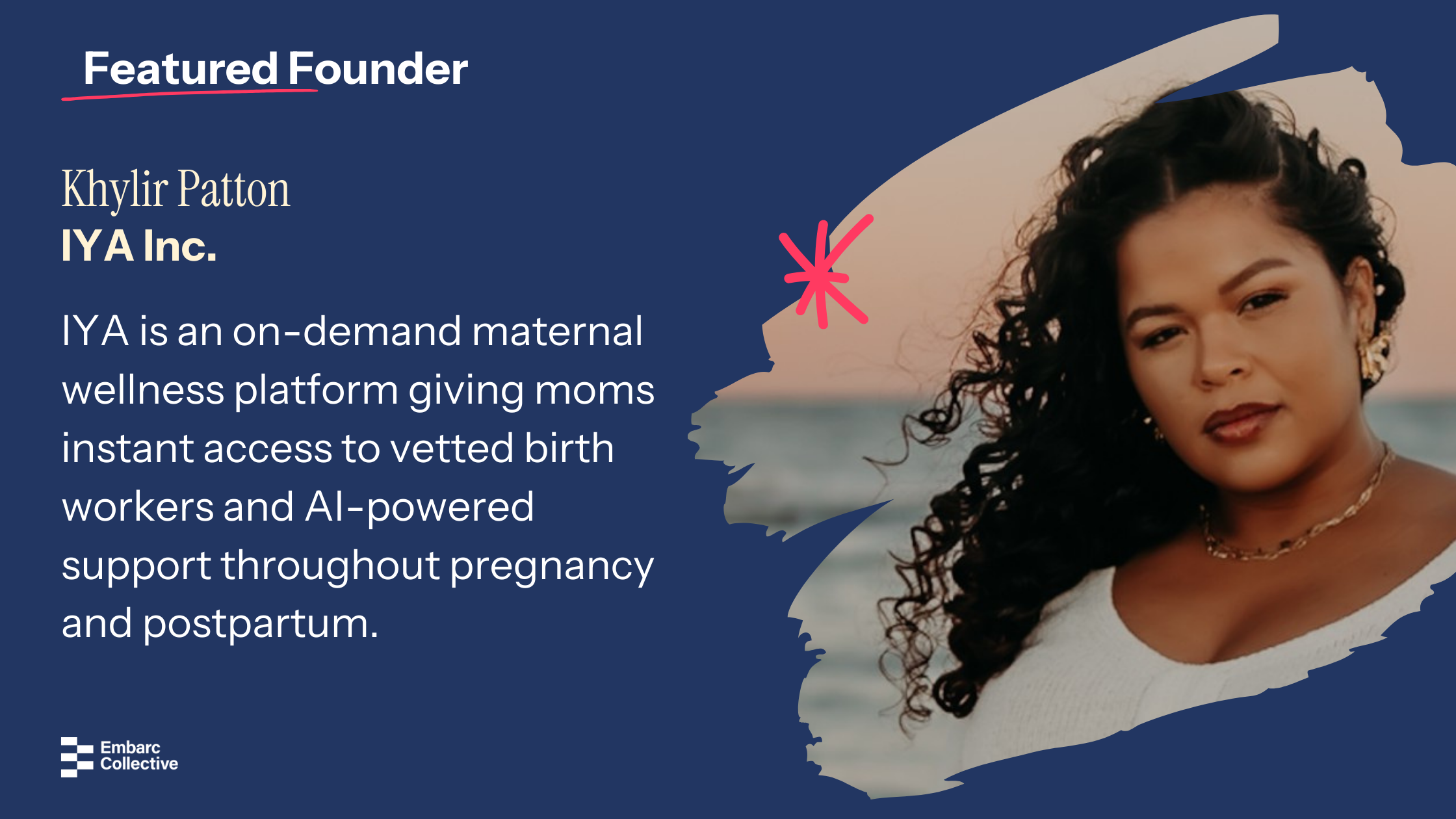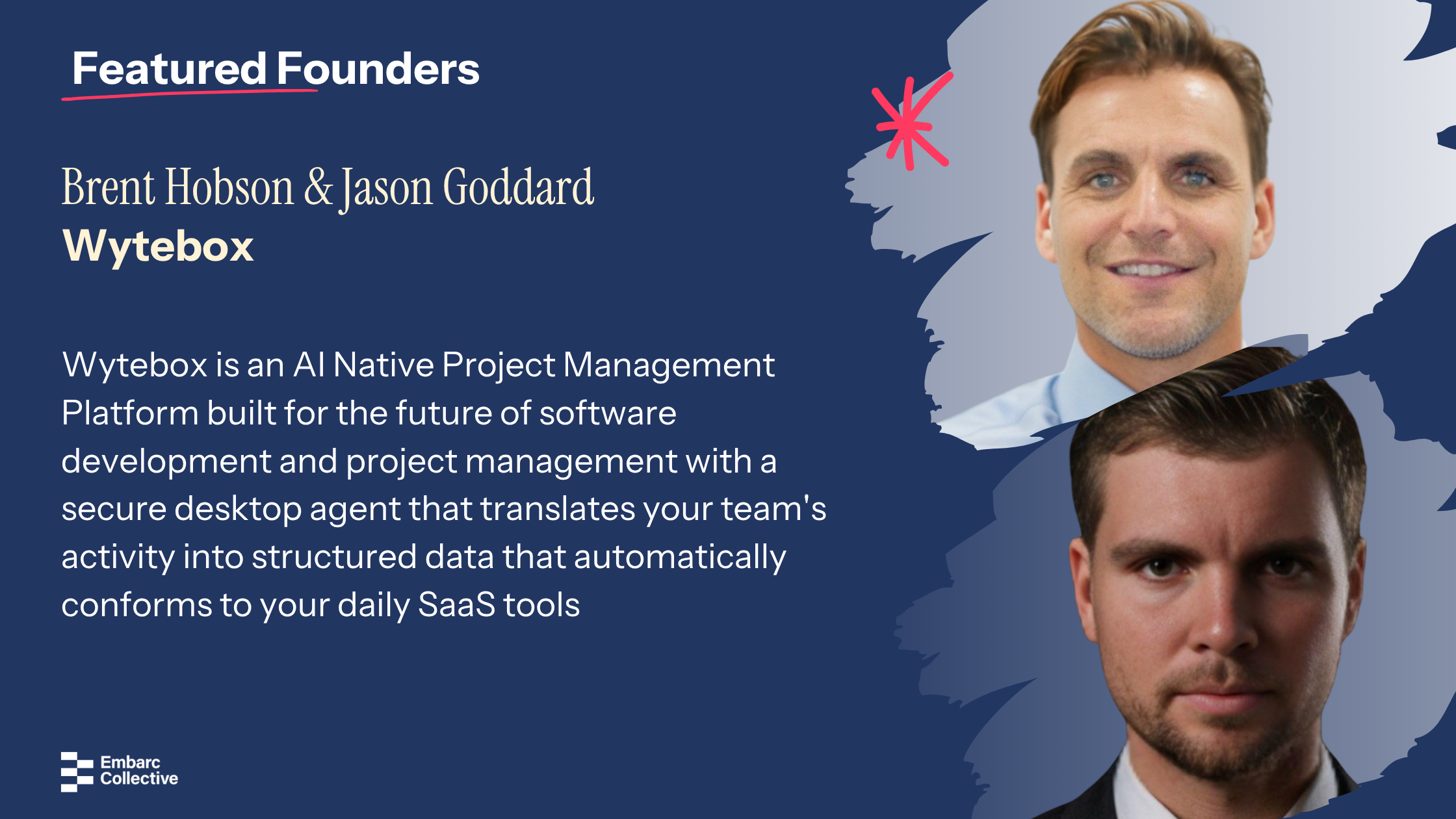What were you doing previously and what inspired you to launch your company?
I often joke that I am part physician – part techie nerd. As far back as I can remember, I have always had a love for healthcare and technology. Throughout my life, these interests have often carried me down several distinct, frequently separate, but sometimes briefly intersecting career paths. Prior to medical school, I worked in network engineering. During medical school, because of my technology background, I served as a technology consultant for healthcare providers (medical students will do pretty much anything for money or FOOD). After residency, I started a hospitalist practice. However, I had always felt the strong desire to merge my passions together into a single parallel trajectory.
My inspiration to launch Apaly Health was triggered by my profound belief that as the U.S. healthcare system developed into the massive industry that it is today, a core concept was frequently being overlooked: PEOPLE. The fundamental and most important event that drives everything in our entire healthcare system, is the physician – patient interaction. Without this interaction between PEOPLE, nothing else matters.
This is why at Apaly Health, we believe that healthcare should revolve around this interaction between the patient and physician, and that all other components in our healthcare system should exist to seamlessly support this process, while creating an epic experience, improving health and wellness, and lowering overall costs.
The Apaly Health family has set out on a journey knowing that we may never be able to totally re-create the U.S. healthcare system into the industry that we envision, but our passion drives us every day to strive toward that end. We are working to build a company that will be around, and deliver ongoing value in healthcare, for the next 100 years.
What pain point is your company solving? What gets you excited to go to work every day?
Our long-term vision, as I mentioned above, is to re-focus and support the U.S. healthcare system back to its key fundamental event: the physician – patient interaction. Our first step on this path, is to address some of the problems being experienced by self-funded employer health plans and healthcare providers through the provider network approach to interaction: 1) tremendous added costs to employers, 2) lower reimbursement to providers, and 3) the limitations of non-direct collaboration between them.
Our software enables these self-funded employers (whose employees and family members number over 100,000,000 lives in the U.S.) and healthcare providers (hospitals, physician practices, imaging centers, labs, etc.) to directly contract with each other in a simple and scalable fashion. We deliver value to both sides and alleviate the typical administrative burdens that can often be experienced when direct relationships are established. This helps them both focus on delivering quality care and an epic experience. This is designed to serve as our initial step in supporting our long-term vision.
What gets me excited to go to work every day is the PEOPLE. In this context, people includes the patients and physicians that I previously spoke about, but also our Apaly Health family members. I am excited to be focused on creating a solution that is going to improve the lives of millions of people, but I am even more excited to be working with people that share the same belief. We are beholden to each other like a family.
Name the biggest challenge you faced in the process of launching the company. How did you overcome it?
I’d say the biggest challenge we had faced was what is called “the cold start problem.” Just as is the case in any two-sided marketplace, with our participants being self-funded employers and their benefits advisors on one side, and healthcare providers on the other, there is a tendency for each side to delay or stall their involvement until the other side adopts first. It boils down to perceived value, or lack thereof.
Participants on each side want to experience immediate value, and they may not be compelled to participate until that value can be validated through participation on the other side. This is not an uncommon problem in a two-sided marketplace, and we spent a lot of time learning and iterating our offering to address this. We looked to other companies that have two-sided marketplaces and assessed how they addressed the different ways to tackle this cold start problem.
We realized that the key factor in our case to overcome the cold-start problem was to first define and deliver a very small fair exchange of value to each side individually, with low barriers to entry, and then incrementally expand on this value exchange to drive participation. This then compels the parties to participate on a step-by-step basis that starts shallow and continues to go deeper.
Where do you see your company headed next?
From a short-term perspective, our goal is to continue delivering value to our customers and remain very focused on the direct contracting solution I described. In the intermediate and long term, we will continually look to add value and drive toward our ultimate vision of changing the healthcare system for the PEOPLE.
We purposely structured our solution and operations, even down to our technical architecture, to be able to support a modular, scalable approach to support our vision. This enables us to be very agile and nimble, supports our ability to continually measure and learn from our customers, and ultimately more easily deliver additional products and features to perpetually increase our value.
Give us a tactical piece of advice that you’d share with another founder just starting out.
I think some of the key things that I’ve learned over the years, which has been tremendously valuable, is to continually test your assumptions, iterate, and don’t be afraid to make a justified pivot. Follow a process and build a culture that encourages the expression of new ideas and doesn’t penalize or punish failure if those ideas fail. Most importantly, determine what you believe in, find other people who share that belief, dream BIG, and be persistent in your resolve to execute on that dream to change the world.
Learn more about Apaly Health on Twitter and LinkedIn.
 Back to All Posts
Back to All Posts




